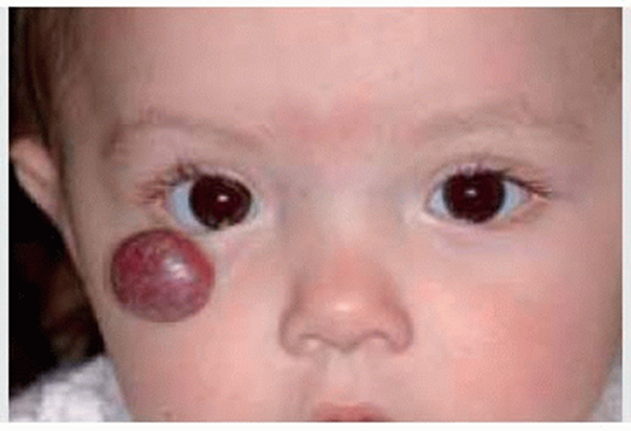A client's chart indicates that they are legally blind. Which of the following is the definition of legally blind?
Full vision loss in at least one eye
The best-corrected vision in the better eye of 20/200 or less
Inability to see clearly from 200 feet away without corrective lenses
Bilateral visual impairment of 20/60 or greater
The Correct Answer is B
Choice A Reason: This is incorrect because full vision loss in one eye does not necessarily mean that the person is legally blind. Legal blindness depends on the visual acuity and visual field of both eyes.
Choice B Reason: This is correct because legal blindness is defined by the World Health Organization (WHO) as having a visual acuity of 20/200 or worse in the better eye with the best possible correction, such as glasses or contact lenses. This means that the person can see at 20 feet what a normal person can see at 200 feet.
Choice C Reason: This is incorrect because inability to see clearly from 200 feet away without corrective lenses may indicate nearsightedness or myopia, but not legal blindness. Nearsightedness can be corrected with lenses or surgery.
Choice D Reason: This is incorrect because bilateral visual impairment of 20/60 or greater does not meet the criteria for legal blindness. Visual impairment is defined by WHO as having a visual acuity of less than 20/60 but better than 20/200 in the better eye with the best possible correction.

Nursing Test Bank
Naxlex Comprehensive Predictor Exams
Related Questions
Correct Answer is C
Explanation
Choice A Reason: Obtaining the client's blood glucose every 12 hr is not enough, as the nurse should monitor it more frequently, at least every 4 to 6 hr, to prevent hyperglycemia or hypoglycemia. TPN is a high-glucose solution that can affect the blood sugar levels.
Choice B Reason: Changing the IV site dressing every 4 days is not enough, as the nurse should change it daily or as needed to prevent infection. TPN is a high-risk solution that can introduce microorganisms into the bloodstream.
Choice C Reason: This is the correct choice. Changing the IV tubing every 24 hr is recommended to prevent infection and maintain sterility. TPN is a complex solution that can support bacterial growth and contamination.
Choice D Reason: Weighing the client every other day is not enough, as the nurse should weigh the client daily to evaluate fluid balance and nutritional status. TPN can cause fluid retention or depletion, as well as weight gain or loss.

Correct Answer is A
Explanation
Choice A reason: This is correct because the lesion on the child's head is most likely a hemangioma, which is a benign tumor of blood vessels that appears as a red or purple mark on the skin. Hemangiomas are common in newborns and usually grow during the first year of life, then shrink and fade over several years. The nurse should reassure the client that hemangiomas are harmless and do not require treatment unless they interfere with vision, breathing, or feeding.
Choice B reason: This is incorrect because the lesion on the child's head will not spread, but rather grow and shrink within a limited area. The nurse should not alarm the client by suggesting that the lesion will spread to other parts of the body or become malignant. The nurse should explain that hemangiomas are not contagious or infectious and do not affect the child's overall health or development.
Choice C reason: This is incorrect because the lesion on the child's head is not caused by scarring from the birth process, but rather by abnormal growth of blood vessels in the skin. The nurse should not confuse or misinform the client about the cause of the lesion. The nurse should explain that hemangiomas are not related to trauma, infection, or genetics, but rather to unknown factors that influence blood vessel formation during fetal development.
Choice D reason: This is incorrect because the lesion on the child's head is not a precancerous lesion and does not need a referral to a dermatologist. The nurse should not scare or mislead the client by suggesting that the lesion is a sign of cancer or requires further evaluation or treatment. The nurse should explain that hemangiomas are benign and usually resolve on their own without any complications or sequelae.

Whether you are a student looking to ace your exams or a practicing nurse seeking to enhance your expertise , our nursing education contents will empower you with the confidence and competence to make a difference in the lives of patients and become a respected leader in the healthcare field.
Visit Naxlex, invest in your future and unlock endless possibilities with our unparalleled nursing education contents today
Report Wrong Answer on the Current Question
Do you disagree with the answer? If yes, what is your expected answer? Explain.
Kindly be descriptive with the issue you are facing.
